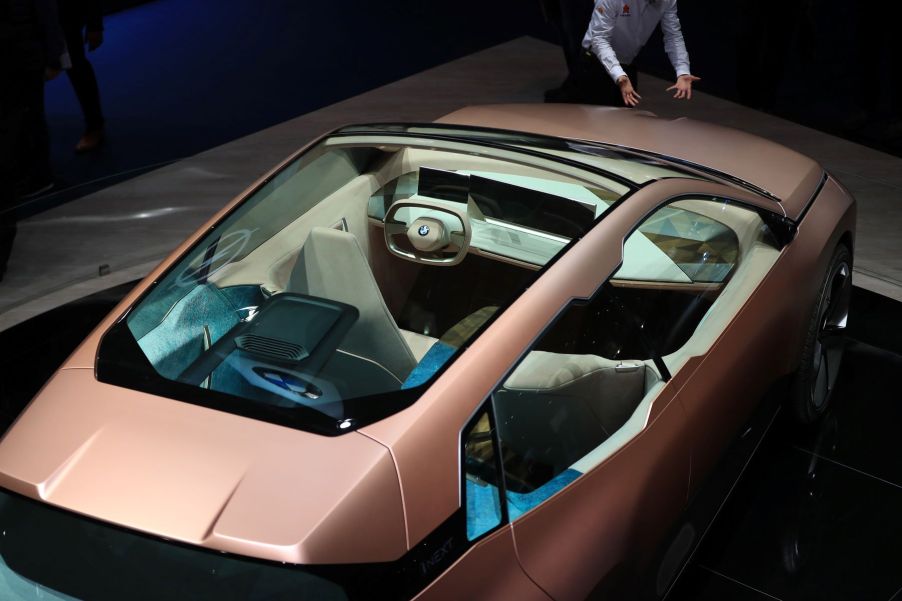
Will a Sunroof Increase Insurance Rates on Your Car?
Naturally, certain vehicle features translate to higher risks of damage. That’s why sports cars cost more to insure than compact sedans. However, you may be wondering more specifically about certain amenities raising your insurance rates. After all, insurance costs will impact your cost of ownership and may play a role in how you decide which car to buy.
A popular feature among many vehicles today, even trucks, is the sunroof or moonroof. There’s something upscale about having a panoramic view or opting for a wind-in-you-hair experience in a non-convertible ride. However, will adding the sunroof to your new car add to your monthly insurance premium?
Different types of sunroofs

Innovation has improved pretty much every aspect of the modern vehicle. Sunroof technology is no exception. There are different designs and types of sunroofs out there, each presenting its own unique benefits and adding to the in-car experience.
There are panoramic roofs, for example, stretching nearly the length of the vehicle providing sky views for front and rear passengers, according to Allstate. There are also pop-up or embedded sunroof designs, providing push-button access to airflow. These variations tile upward and slide back over the roof of the car. So, do these features impose added risk of mechanical failure or safety concerns?
Will a sunroof increase your insurance rates?
Sunroofs are typically optional features you can add to your vehicle, including on new cars and older model vehicles as an aftermarket install. Regardless of your model, a sunroof will cost extra as an add-on, and as Erie Insurance points out, it can also cost you extra in insurance coverage.
Because sunroofs and moonroofs of all types are more expensive accessories, they also add to the vehicle’s value, translating to higher insurance costs when compared to cars without them. However, other riskier aspects of this feature, like its glass material, present potential issues for shattering or breaking in a collision. That can also contribute to a higher monthly insurance premium.
What can go wrong with a sunroof or moonroof?
Insurance coverage is designed to offset the costs of repairs should something go wrong with your car. You can expect slightly higher rates when you’re insuring a vehicle with a sunroof for several reasons. For example, sunroofs are prone to rock chips or cracks in the glass, and these types of insurance claims are fairly common. Settling a glass claim in 2018 cost about $350, which was already almost $75 higher than in previous years.
There are additional risks for sunroofs to leak water, especially as the seals age or become damaged due to weather exposure. There are drainage systems engineered into your car’s sunroof mechanism. However, debris, dirt build-up, and plain old wear and tear can translate to a slow drip or a cascading gush from your sunroof. Additionally, not all insurance plans will cover damages to sunroofs with general wear and tear, as Auto Insurance shares.
Finally, the glass in your roof is more likely to break during any major or minor accident. In any scenario where your airbags become deployed, the pressure alone can dislodge the sunroof’s seal. In addition to additional risk to occupants in a crash, these are more costly to repair.
So, consider these insights when you’re looking at adding a sunroof to your new or used car. Yes, they’re fun and add to the driving experience, with incredible views and free-flowing summer breezes. Still, they will also cost you upon installation and add to your monthly insurance premiums. Additionally, you’ll want to check with your insurance provider to see your coverage costs and options before deciding on a sunroof or moonroof install.


